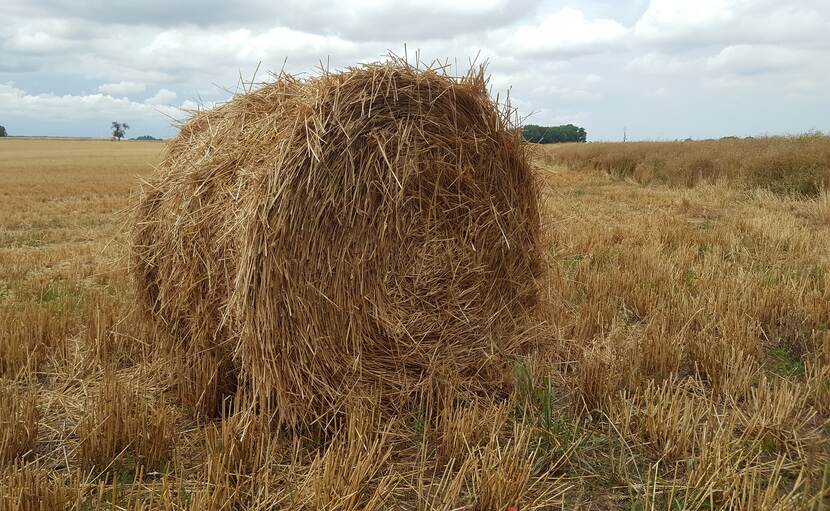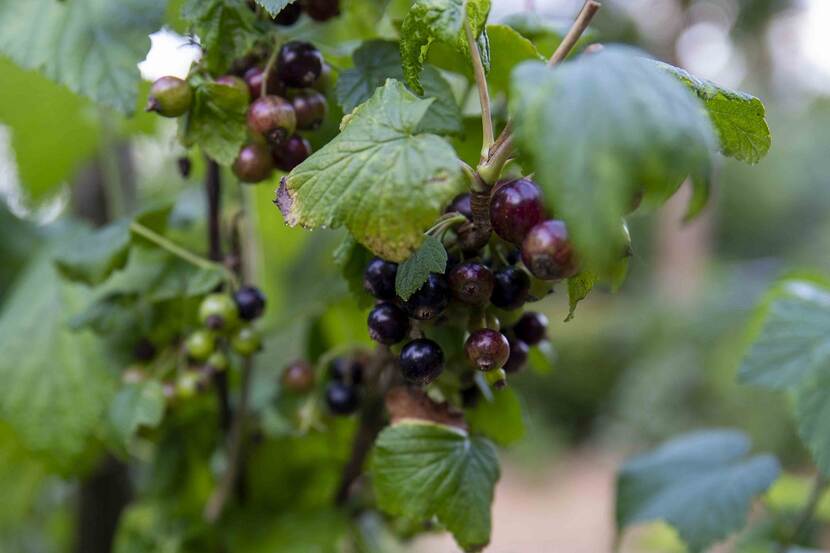Poland: agricultural news week 32, 2021
In this week you can read about weather causing problems with harvest in Poland and market for black currant. Enjoy your reading.

It is practically impossible to continue harvesting in Poland due to the heavy rain in the whole country. This raises concerns about the quality of the grain all the time. The grain has often emerged and is prone to fouling. Unfortunately, the forecasts still include rainfall.
Prices for the grain gone up. On average, consumption wheat costs PLN 870 / t net. Unfortunately, many of the lots already sold do not qualify as quality grain. Also winter wheat "does not keep" consumption parameters, but the spring wheat does.
Source: Farmer.pl

Black currant in Poland
Blackcurrant producers should not complain about prices. They are higher than in 2020, and the industry is keen to buy blueberries.
The small frosts that occurred in the spring were just at the time when the black currant was blooming and they damaged it a bit. The harvest may therefore be lower than expected because, moreover, the hot weather was not favorable for the fruit, which ripened and fell quickly.
Industry eagerly buys these fruits because there are no stocks and Poland has no competition. The Covid-19 epidemic has also helped to increase demand for blackcurrants, which causes consumers to put a lot more emphasis on eating healthy foods, and dark blueberries are one of them. This has made the purchase prices high.
The data of KOWR show that Poland is the EU leader in the production of black currants, with a 78% share in the harvest. We are also second (after Russia) in the world in terms of their volume. The national harvest is 25% of the world.
Plantations are located mainly in the Lubelskie, Mazowieckie, Łódzkie and Świętokrzyskie provinces. The area of their cultivation is relatively stable and in the last 3 years amounts to 43,000-44,000 sq. M. ha (including approx. 30 thousand ha of black currants). The share of black currant plantations is decreasing and the share of color currants is increasing. Record production of currants was in 2016, when 160 thousand. tons (including 130 thousand tons of black).
According to the estimates of the Central Statistical Office, 135,000 jobs were collected in the country in 2020. tons of currants in total, of which black approx. 95 thousand. tone. Black is exported to foreign markets mainly in frozen form. In 2018-2020, exports decreased from 45 thousand. tons up to 34 thousand. tone. The recipients were mainly: Belarus (4.8 thousand tonnes, 36% of the export volume), Germany (2.8 thousand tonnes, 21%) and the United Kingdom (1.3 thousand tonnes, 10%).
Source: Agropolska